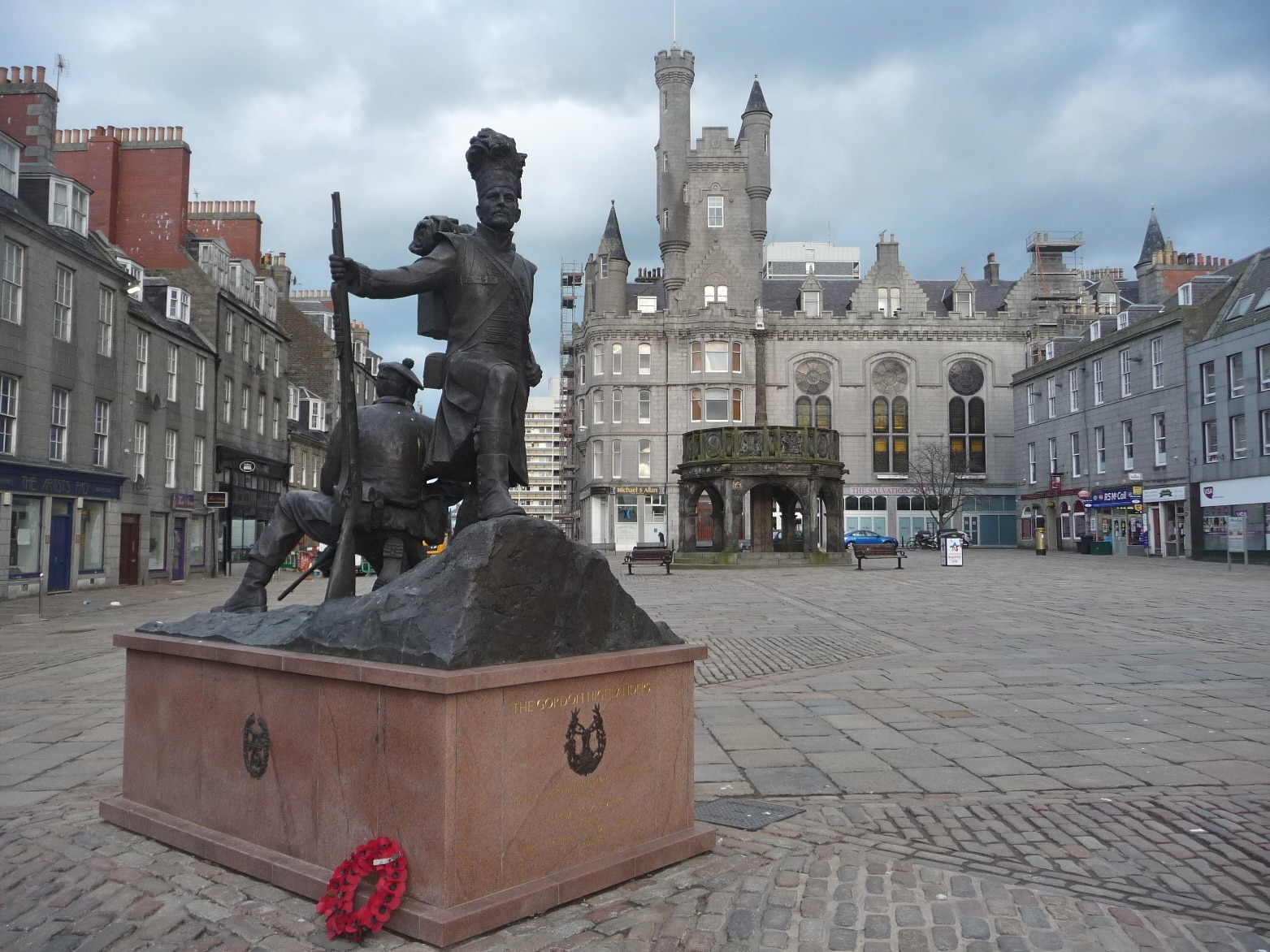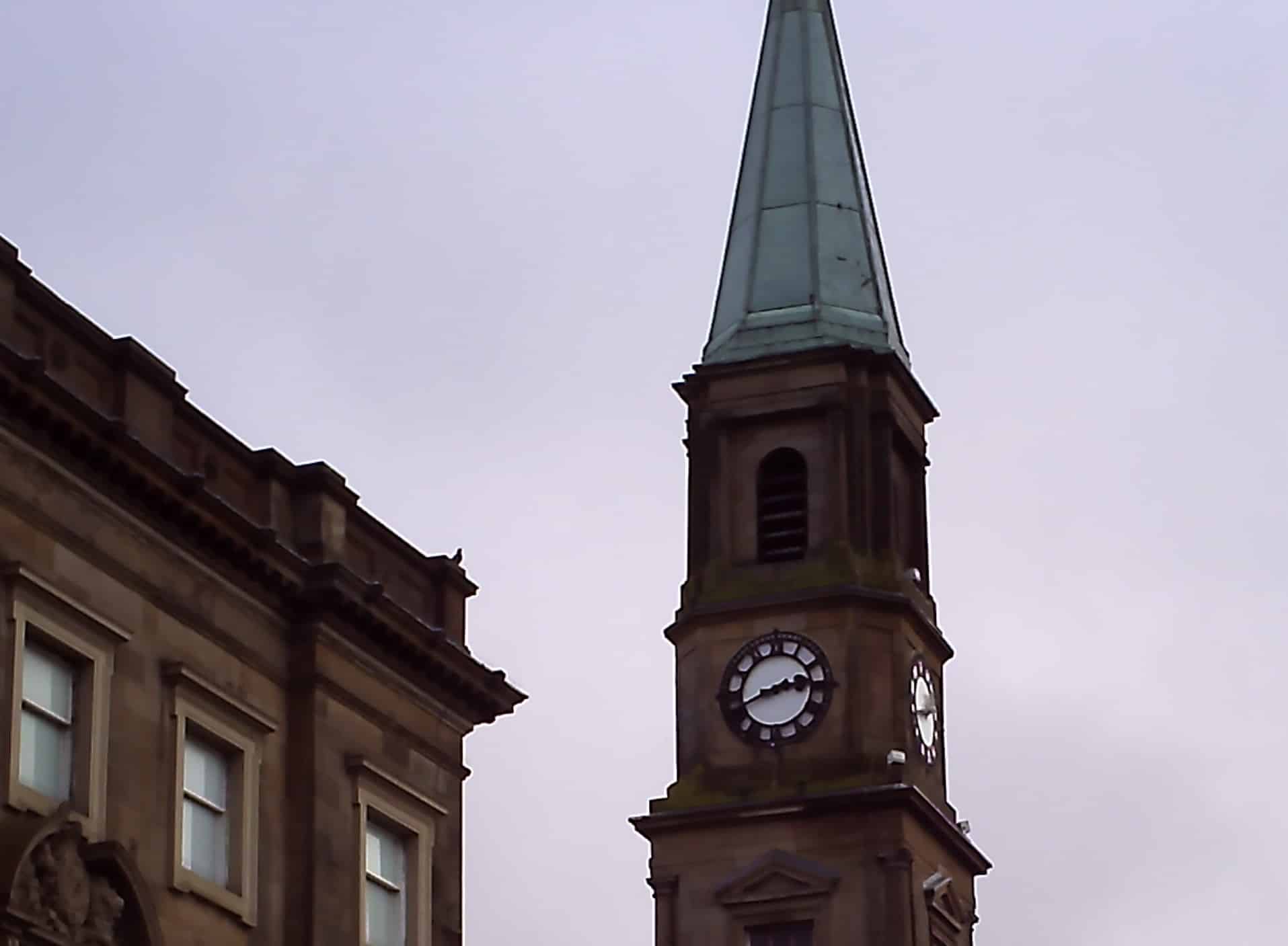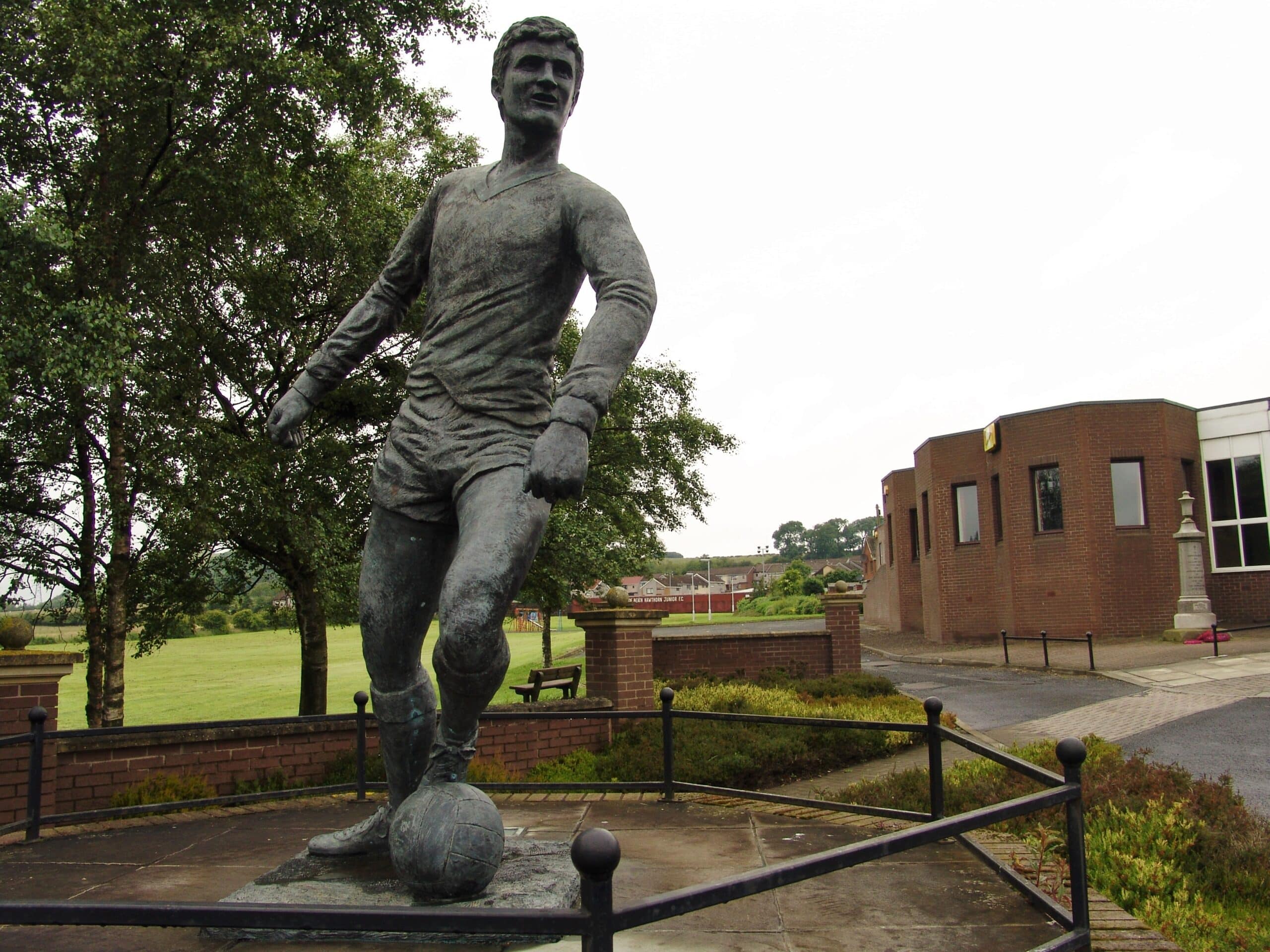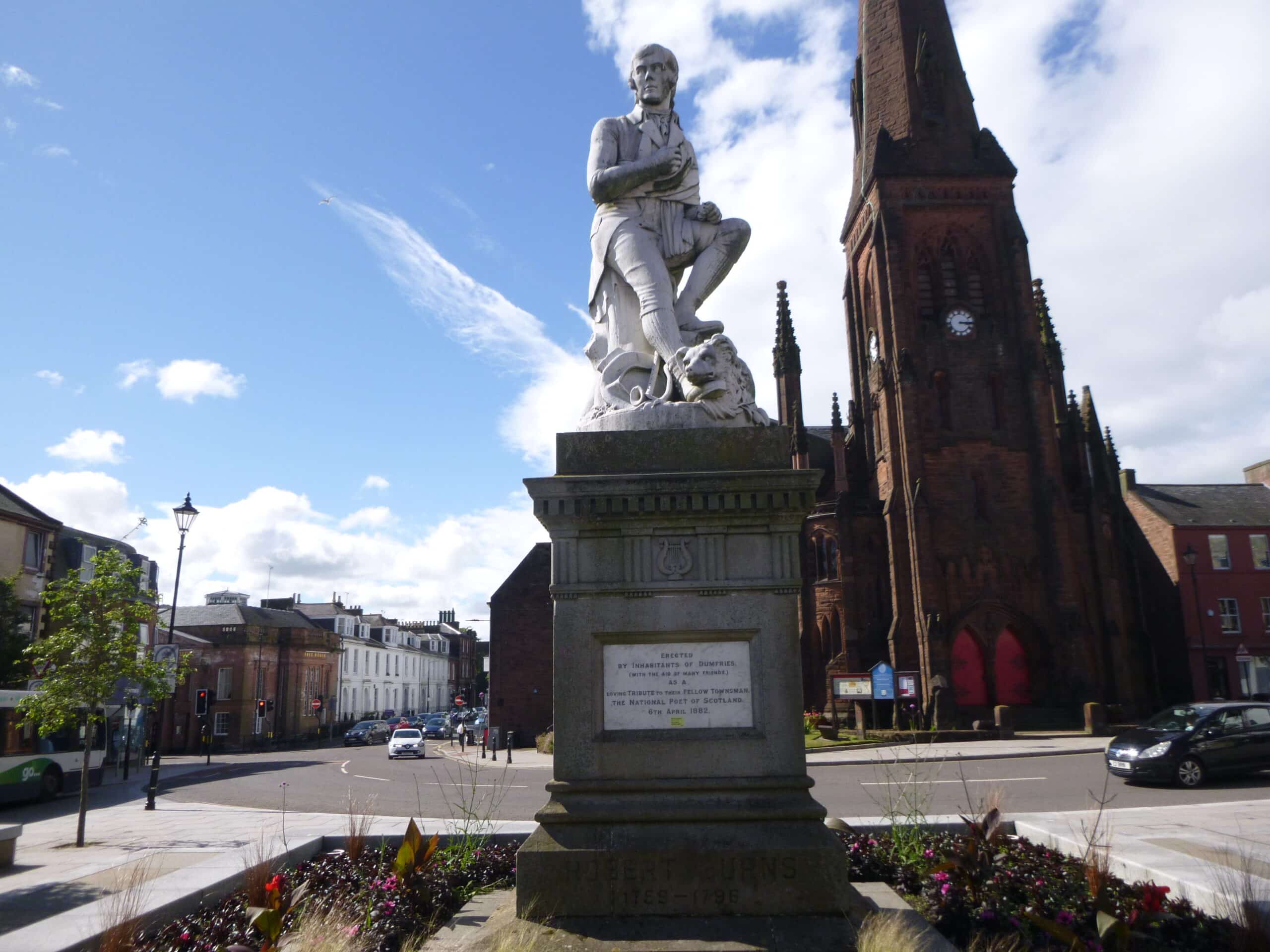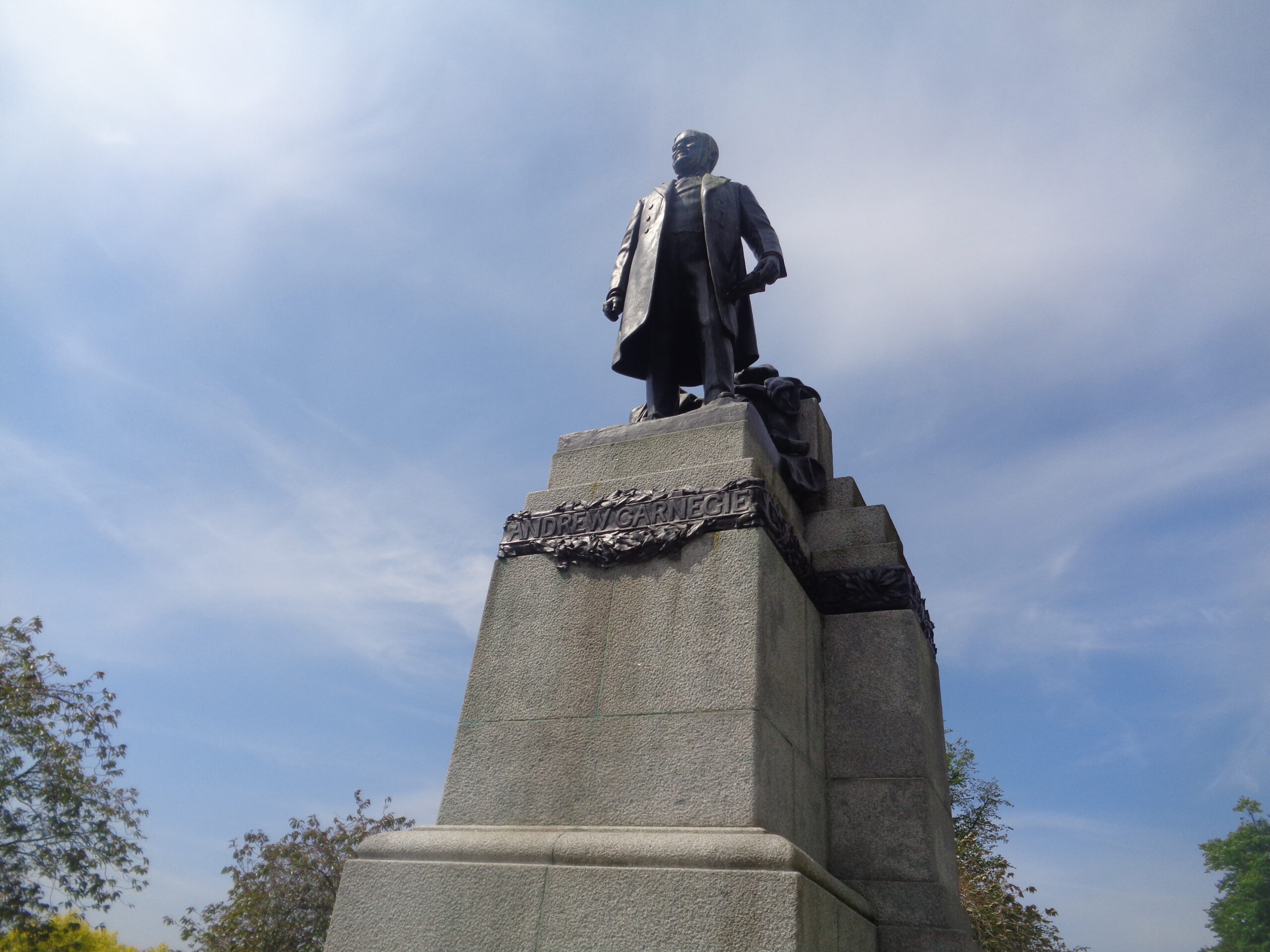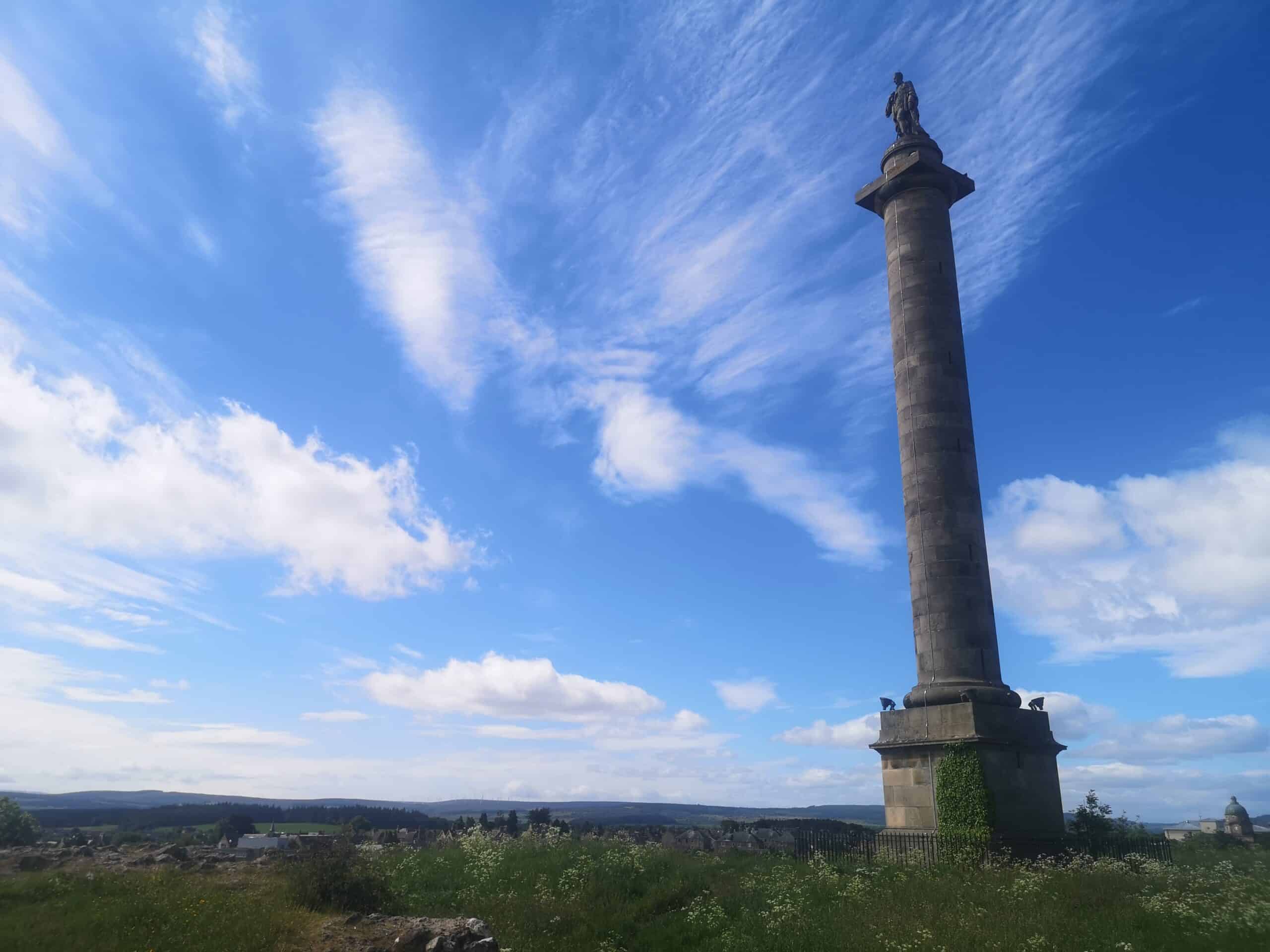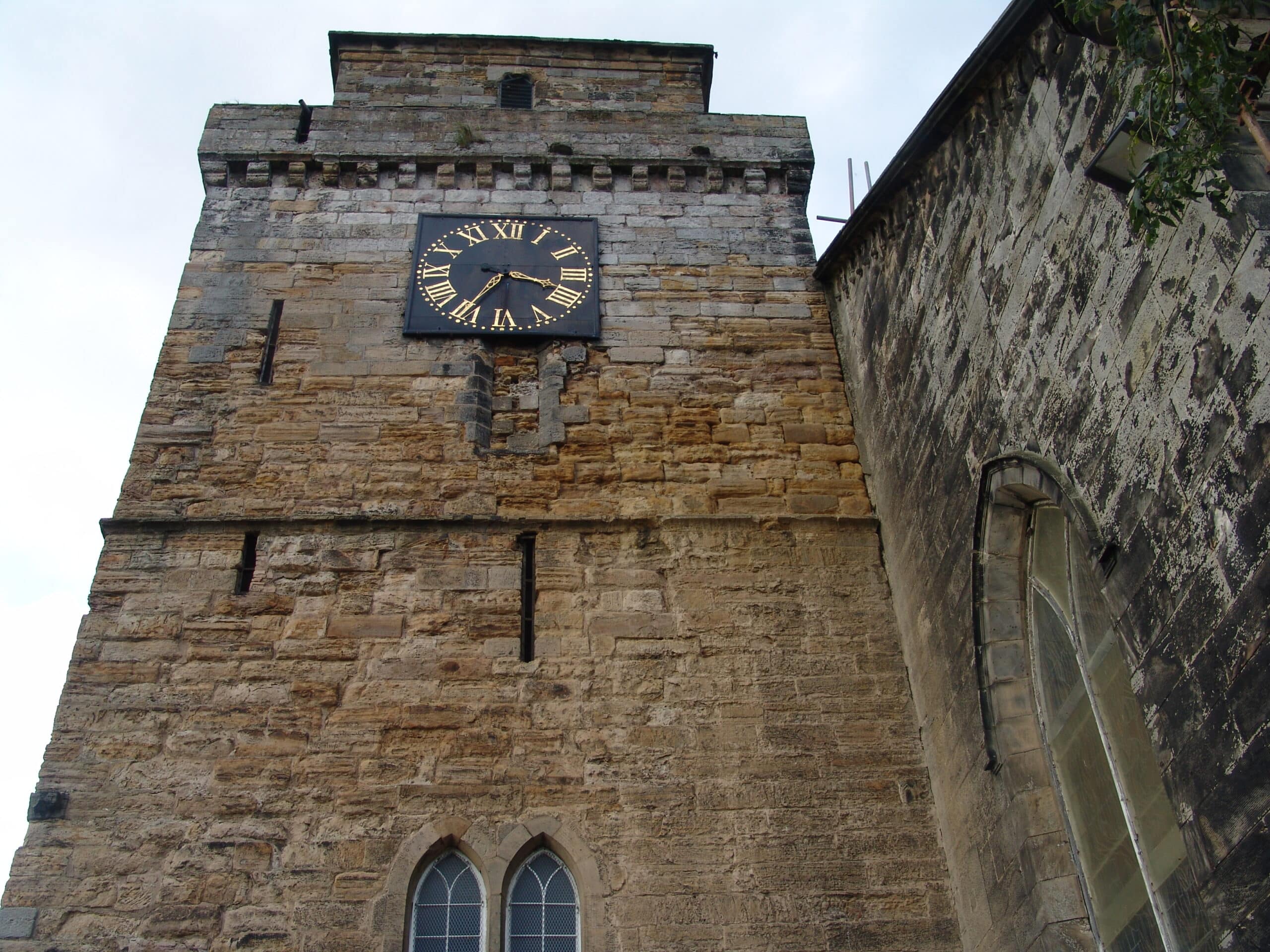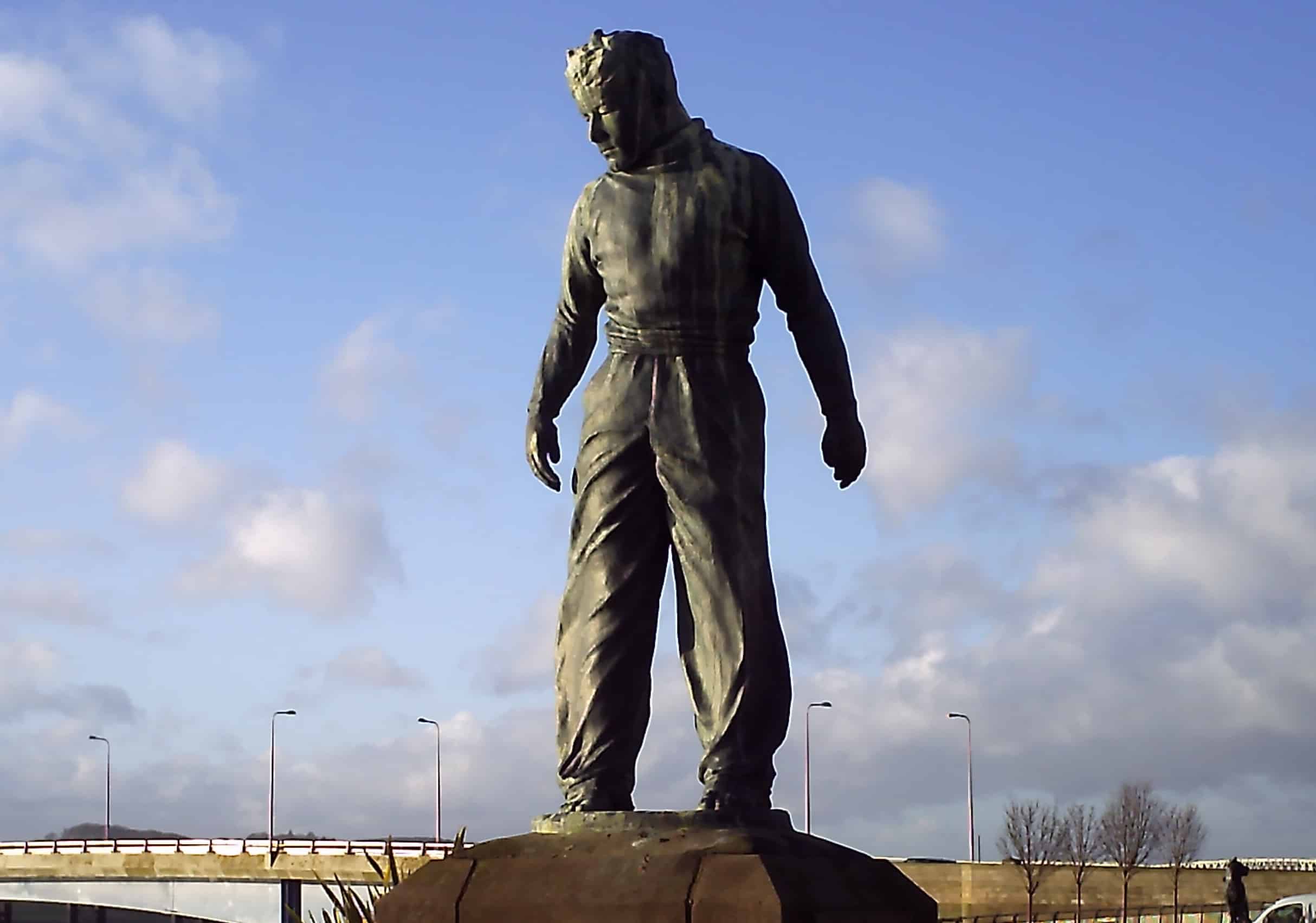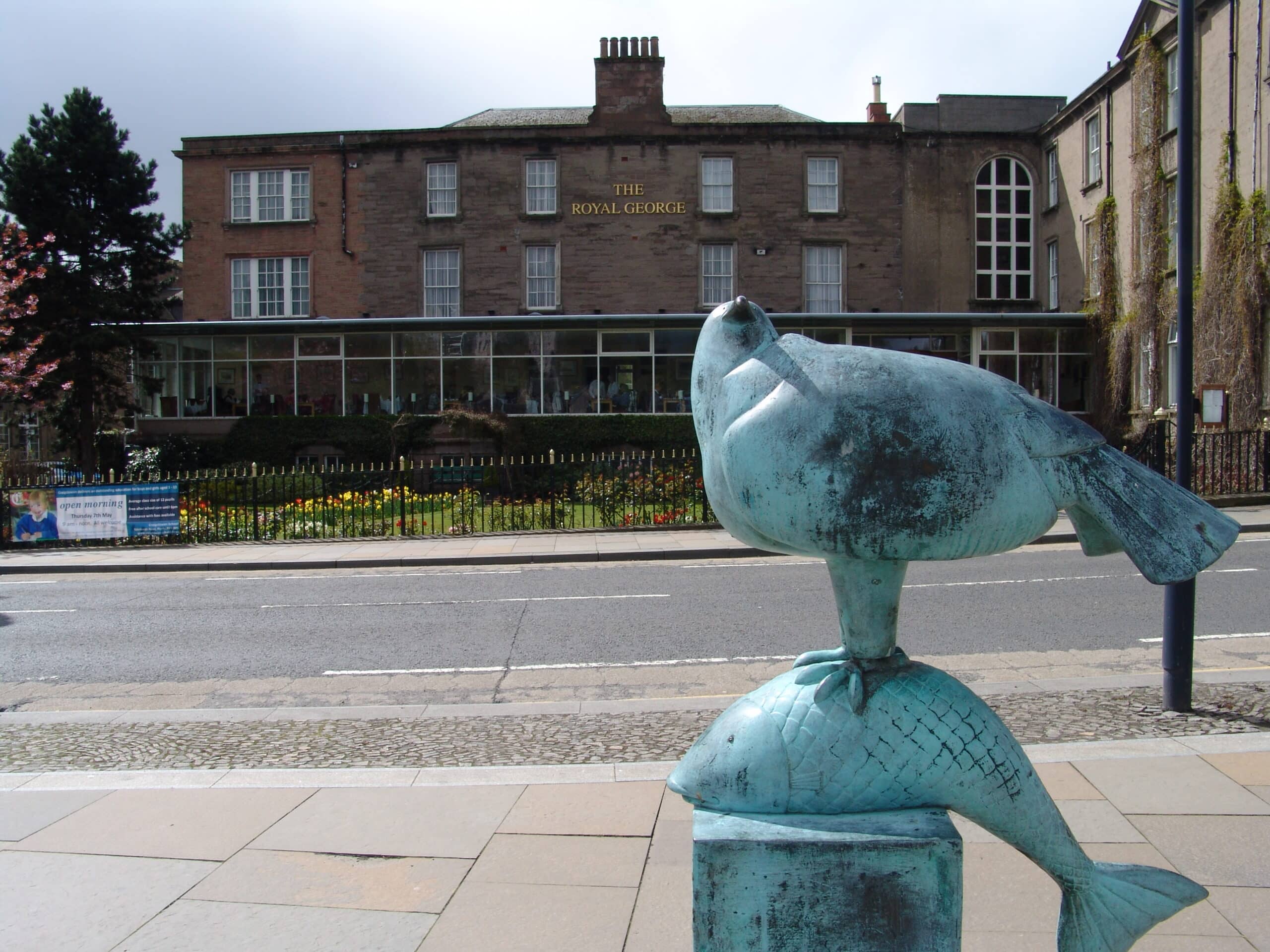Teams, tales and tips – a guide to the local game
Referred to by local historians and tour guides as ‘The Ancient City’, the former Royal Burgh of Brechin sits between Dundee and Aberdeen, tucked inside Scotland’s east coast. Pictish remains and medieval architecture keep the historians and guides in business – what the first-time football tourist may be entitled to ask is why this community of barely 7,000 souls has a modern-day flagship club known as Brechin City.
Surviving in the Scottish League for decades in a town without a regular train or bus station, this club celebrated its centenary year in 2006, providing curious researchers with the perfect opportunity to delve deep into local records.

A ‘Brechin City’ existed in the late 1880s and early 1890s – though all we know about them is their spectacularly abysmal record against nearby Arbroath, who managed to put nine, 15 and five goals past them in the Scottish Cup and the pre-tournament Qualifying Cup.
Before City, the town was able to support three clubs in the Junior, ie non-league, game. Brechin Harp competed in a confusing array of District and Junior cups, but attracting four-figure crowds to Nursery Park, rented from the local cricket club. Perhaps more successful – and able to beat Brechin Harp in major games in the Arbroath & District Cup – were Brechin Hearts. Based at Viewforth Park, Hearts moved to Central Park before the 1905-06 campaign.
Also on the scene were Brechin Rovers – of whom next to nothing is known. All these clubs competed in what is sometimes referred to as the Melvin League, sponsored by the landlord of the same name who ran a pub in Arbroath. This was simply another name for the Arbroath & District League, won by Brechin Hearts in 1906-07.
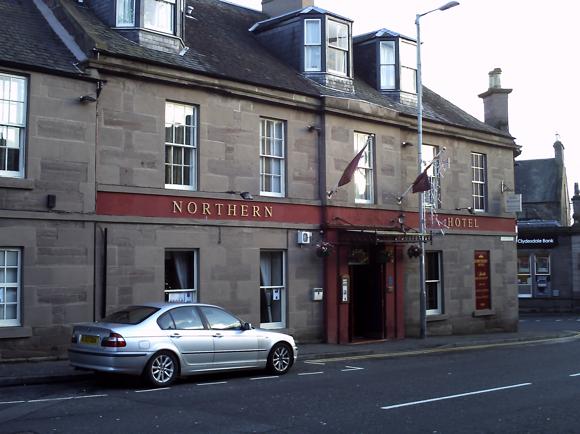
By then, today’s Brechin City FC had been formed. Representatives from the Forfarshire FA, dominated by clubs from Dundee, made a point of making the 30-mile journey to Brechin to persuade prominent members of its various local Junior clubs to form a single entity that could challenge at Senior level. This club became Brechin City, the name perhaps preferred over ‘United’ at the meeting at the Temperance Hall in City Road, near the historic Cathedral.
It was felt that such a club could compete in the respected Northern League that had involved top teams from Dundee, Aberdeen and surrounding regions since 1891. Their wish that locals witness a better class of football was duly granted when the newly formed Brechin City twice won the trophy, in 1908 and 1913. City also continued to compete in the Forfarshire Cup, beating long-term rivals Arbroath at Dundee’s Dens Park in the final of 1910.
Not that there actually was anywhere officially called Forfarshire – it was an old, catch-all term for Brechin’s surrounding county of Angus. One of the regional FA’s later representatives, the impeccable David Will, would also become a vital voice of sanity at FIFA during the most byzantine days of the Blatter era.
A long-term chairman of his home-town club of Brechin, when travelling the world with FIFA he would always check in to see Saturday’s result from Glebe Park.

City originally played at Nursery Park, bequeathed by Brechin Harp after they folded in 1906. While it is commonly thought that the new club was an amalgamation of Harp and Hearts, it was no such thing. Key players from Hearts did go over to City but the Central Park club kept going until well into the 20th century.
After World War I, Brechin City moved from Nursery Park to Glebe Park, and joined the Scottish League in 1923. The club enjoyed its best days in the early 1980s, steered by chairman David Will before he became involved in the game’s global administration.
The lifelong Brechin fan passed away in 2009, a decade before all four clubs from Angus shared the same divisional status in League One – and before Brechin bade a sad farewell to Senior league soccer in 2021 after a play-off with Kelty Hearts.
One local Junior club merit a final mention: Brechin Victoria. Based at Victoria Park on Nursery Lane, near the banks of the River South Esk, The Vics play beside the former home of Brechin City. Currently in the sixth-tier Midlands Football League, along with the likes of Dundee North End and Scone Thistle, Victoria are currently managed by former Scotland Junior international goalkeeper Iain Ross.
Getting Around
Arriving in town, local transport and tips
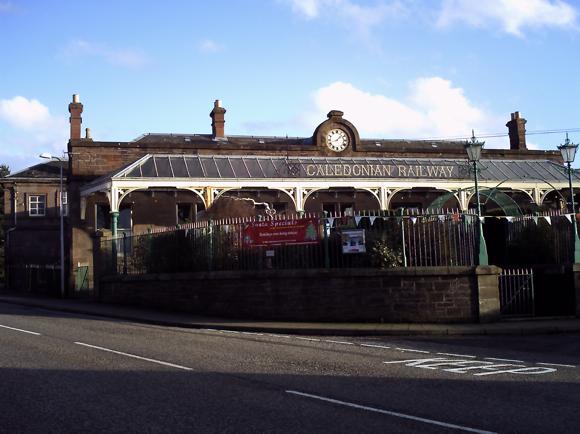
Brechin is among the UK’s most remote and inaccessible destinations to host a league club. It’s not that the town has no direct transport links to its nearest airports, underused Dundee and Aberdeen, 52km (32 miles) and 72km (45 miles) away respectively – it doesn’t even have a regular train station.
The nearest is Montrose, 14km (8.5 miles) away. Hourly Stagecoach bus 30 runs from Lloyds Pharmacy near Montrose station to the Northern Hotel (journey time 25mins) between Brechin town centre and Glebe Park.
The rest of Scotland is well connected to Montrose by rail. From Dundee (£11, 30min journey time), trains run every 20-30mins, from Aberdeen (£13, 40mins) every 20-30mins. From Glasgow Queen Street, an hourly direct service to Montrose (£20) takes 2hrs, or change at Edinburgh Waverley (£15, 1hr 45mins).
Brechin-based Cathedral City cabs (07739 459 263) provide transfers with Montrose and nearby airports. You can expect to pay around £25 from Montrose.
Where to Drink
The best pubs and bars for football fans

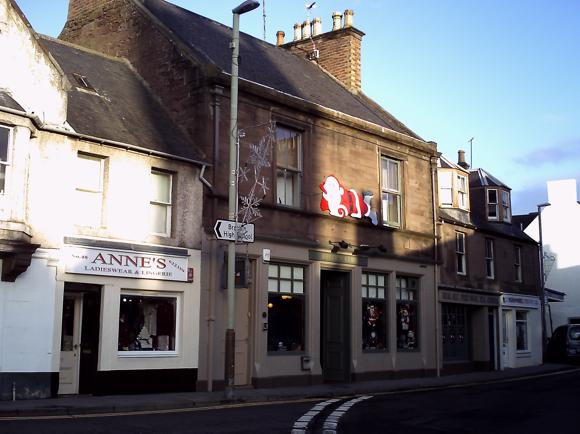





Pubs and bars sit in the shadow of Brechin Cathedral. The homely Brechin Arms is a classic example, full of football banter, TV action and convivial sipping. Nearby, the Dalhousie Bar is similarly lively and popular, with a TV for football. You’ll also find big-screen sports viewing at Hudson’s Bar, part of the Northern Hotel, with DJ and live-music nights.
Further down towards Brechin’s Caledonian steam-rail station, the City Royal Bar provides televised match action along with pub games (Jenga!) and regular live acts. Nearby, the Caledonian Hotel is the main local spot for real ales, quality food and folk music. Great whisky selection and Sunday roasts too. By the station, the Park Bar is as traditional as it gets, a stone-fronted pub with its own darts and football teams. It’s also, as of 2024, up for sale – fingers crossed it gets sympathetic incoming owners.
On Montrose Street and towards the river, you’ll the party-focused East End Bar & Nova Suite and the family-friendly Bridge End Bar also gets busy of a Sunday lunchtime, when the kitchen comes into its own. Each is a shortish stroll to the centre of town or a hop on the 21 bus.
Where to stay
The best hotels for the ground and around town




Visit Angus has a database of local hotels.
The landmark local lodging happens to be the closest to Glebe Park. The Northern Hotel dates back to the early 1800s and now offers comfortable en-suite rooms and apartments that belie a three-star status. Two bars and a restaurant complete the picture. It’s 10mins from the ground, up Clerk Street then Trinity Road. It has its own bus stop on the route with Montrose.
Nearby at 23 Church Street, 23 Bed & Breakfast Brechin (07500 712 321) comprises two en-suite rooms and a garden. Room rates include breakfast.
There are further accommodation options in nearby picturesque Edzell, connected by the 21 bus. The upmarket Glenesk Hotel offers 38 rooms, a pool, gym, sauna and games room, and can lay on tours of nearby whisky distilleries. The restaurant is also a local landmark.
Also in Edzell, the Panmure Arms Hotel, ‘a haven in the wilderness’, has standard en-suite rooms above its popular restaurant, offering breakfast-dinner-and-board rates.



